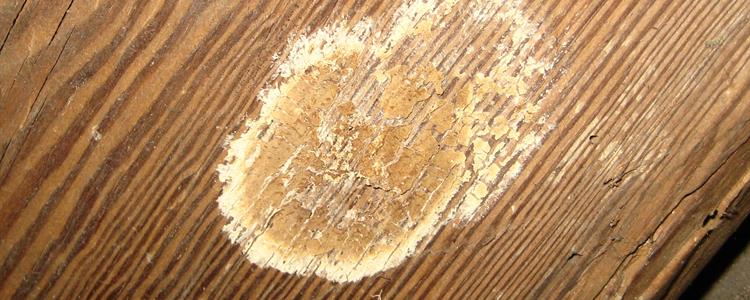Wet rot is a common problem in the UK due to our tendency for high humidity and precipitous weather. It has been suggested by some in the timber treatment industry that nearly every home in the UK will experience some form of wet rot at least once or twice. Have you seen wet rot in your own home?
Wet rot is a problem that should be treated by professionals, but it is by no means the end of the world. Furthermore, there are some pretty easy things you can do around your home during the winter months to prevent problems come spring. Wet rot is one problem in which an ounce of prevention is truly worth a pound of cure.
If you want to avoid needing professional wet rot treatment come spring, spend the next few weeks doing the following:
Looking for Early Signs
The first thing to do is take a good look at your home for the early signs of wet rot. Affected timbers tend to be soft, discoloured, and sometimes distorted as well. If you notice damp timbers accompanied by a musty smell, there is a good chance wet rot is already present. You may not necessarily see active fungus growth with the naked eye, though.
Looking for Water Sources
The multiple species of fungus that cause wet rot need plenty of moisture to thrive. As a result, wet rot is a problem that usually starts in timbers that are somehow exposed to the water. Take a leaky roof, for example. A small leak somewhere in the peak could expose one or more timbers to moisture whenever it rains or snows. That is an open door to wet rot.
Inspect your home and look for any sources of penetrating water. Check the roof, the basement, around windows and doors, and anywhere else you think water could possibly get in. If you do find problem areas, get them sealed up right away. Do it now before spring rains arrive.
Checking Your Plumbing
While we most often think of wet rot in roof spaces and other structural areas, it can occur in other areas as well. Under the kitchen sink is a good example. If you have leaky pipes, you could have wet rot inside the cabinetry, in the floor joists underneath, or even in the walls behind. We recommend inspecting all the plumbing you have access to. If you find any leaks, check timbers located in the general vicinity.
As always, do not hesitate to call Thames Valley Timber Treatment at the first sign of a wet rot problem. Remember that wet rot, unlike dry rot, can be caused by many kinds of fungus. There are even some wet rot species that are exclusive to certain kinds of wood. The thing is this: wet rot can become a serious problem very quickly once it has established itself. Professional wood rot treatment is the best way to go if you find problems.

